drum118
Superstar
Dec 22
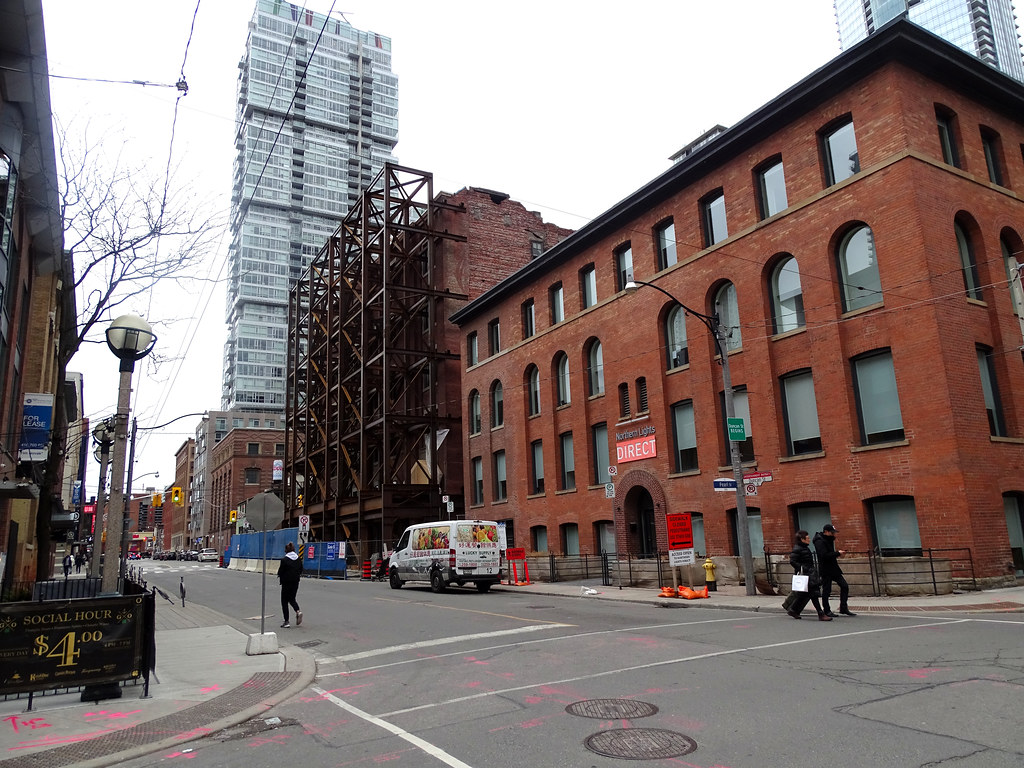
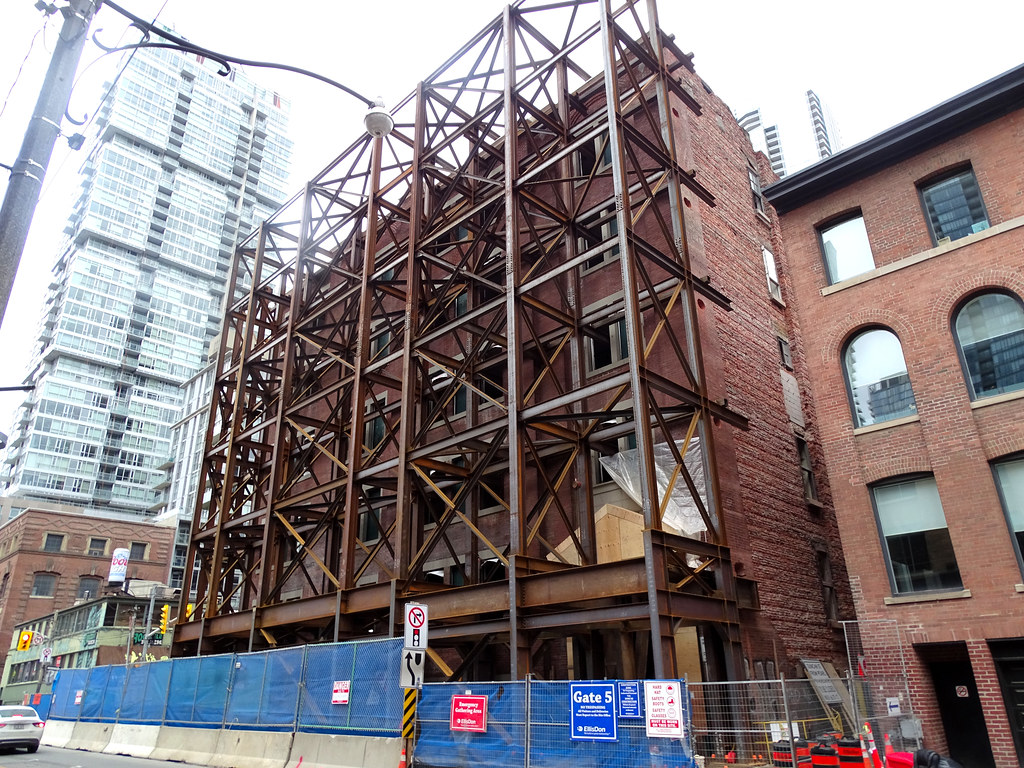
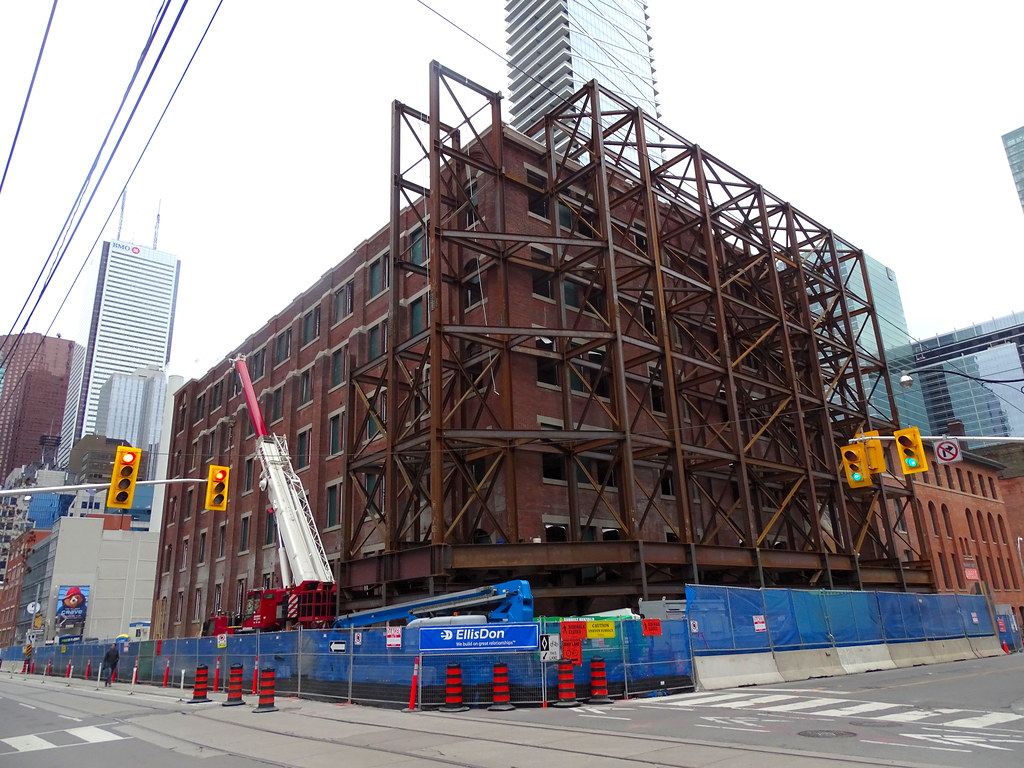
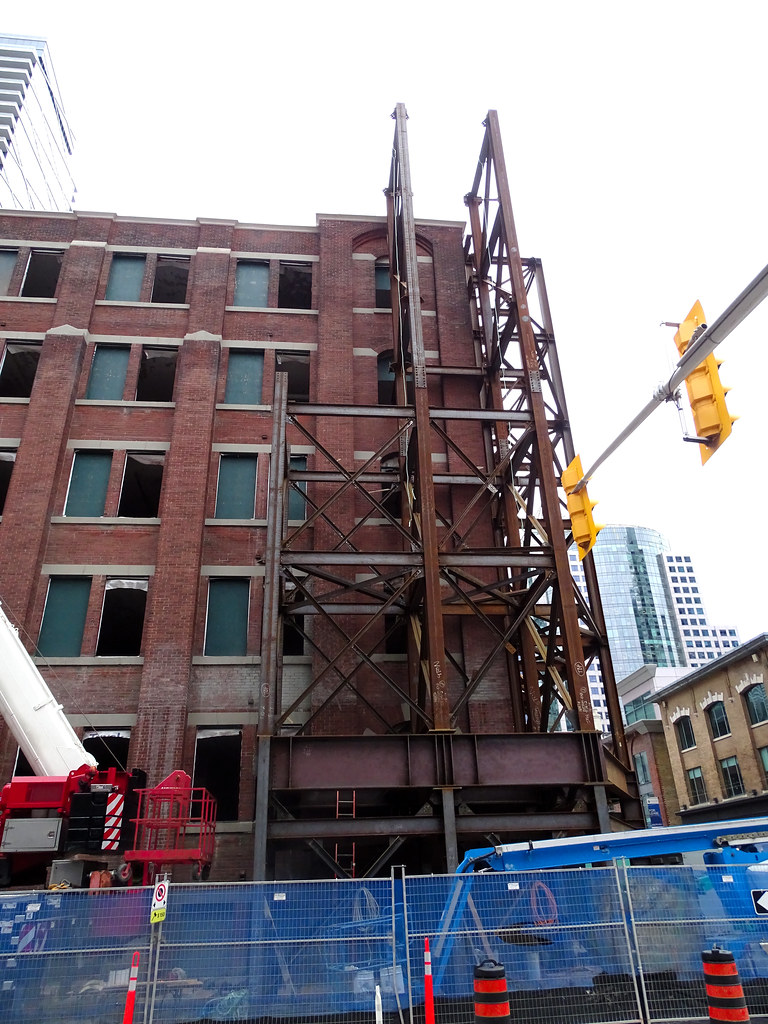
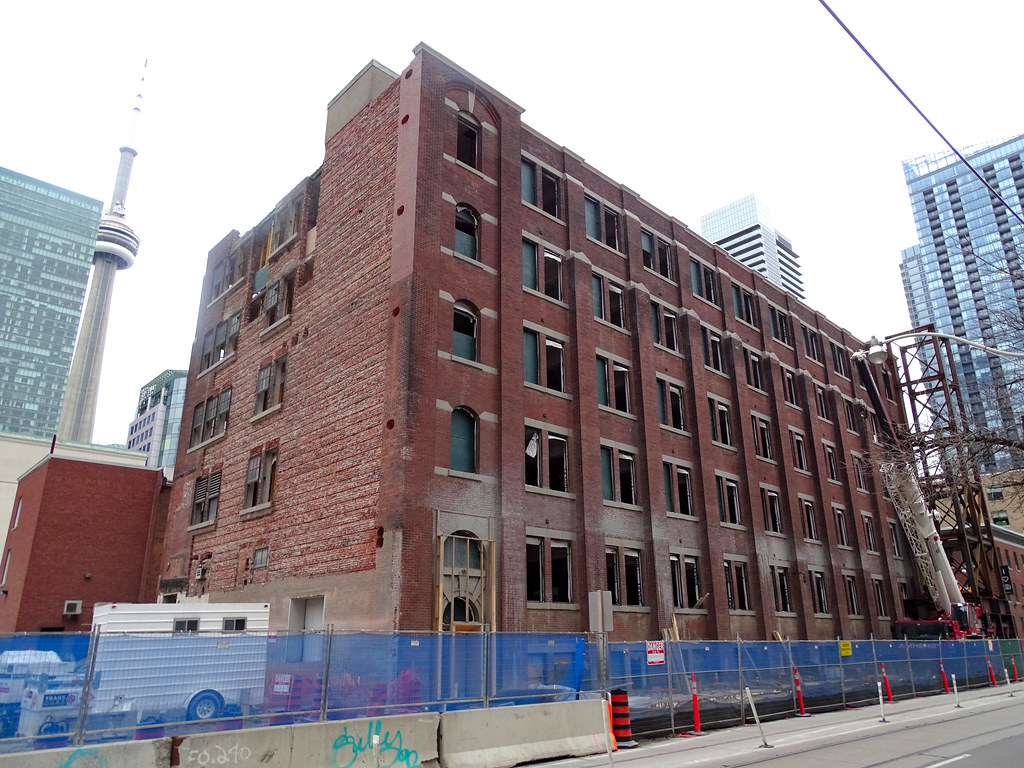
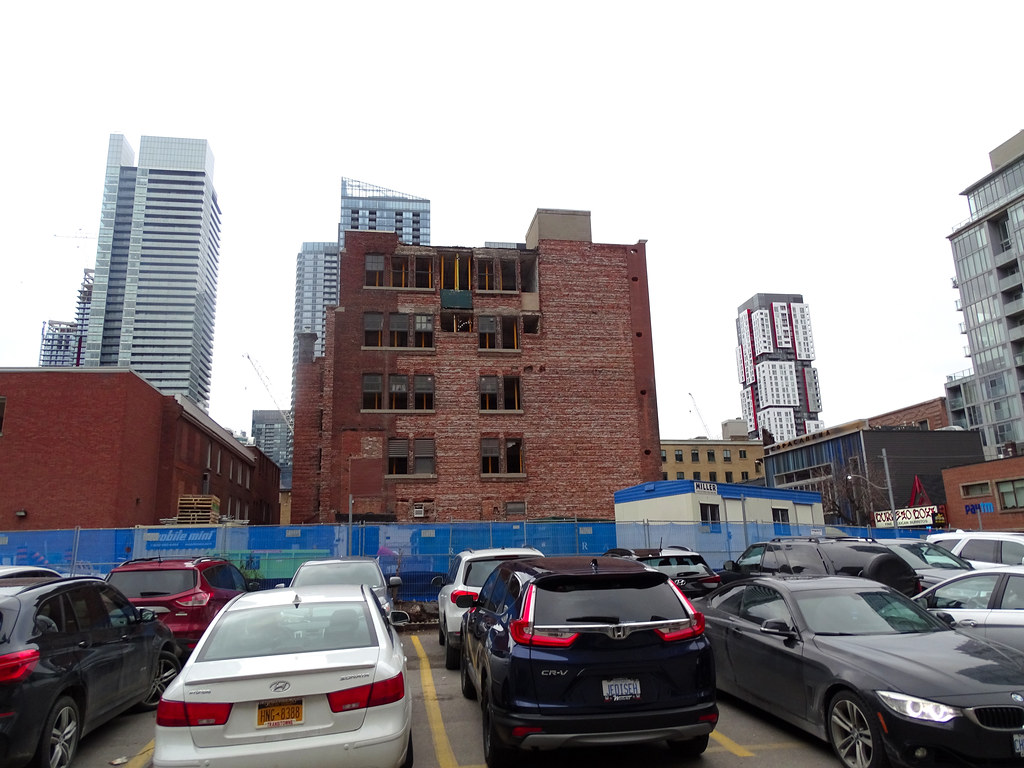
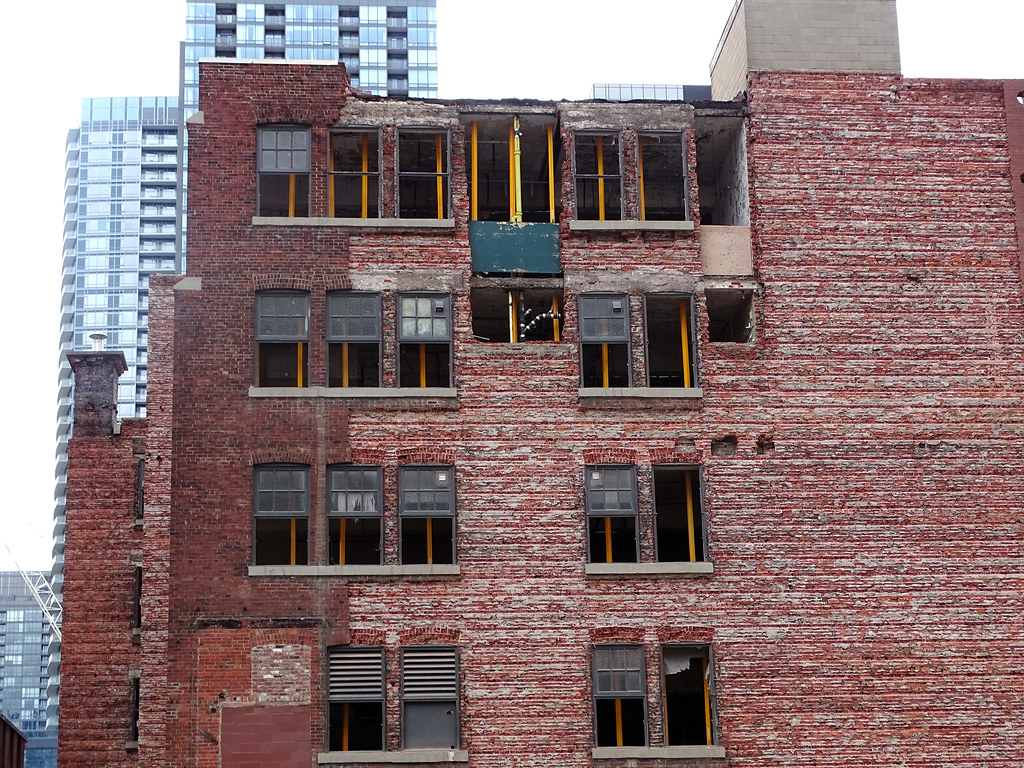
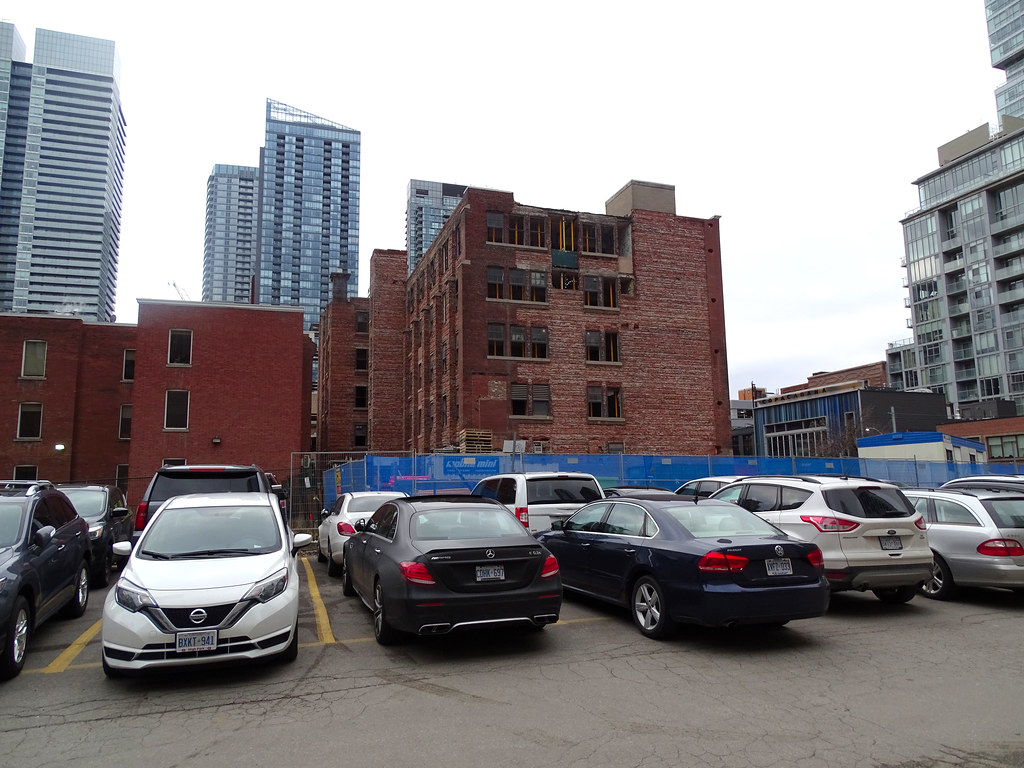
















I noticed what looked to be some test glazing just west or the actual building site.
View attachment 174570
Can't believe how much of this type of demolition of structures saving the facade is going on in Toronto,
...probably the most in North America or maybe World?
Oh come on, a lot of that also going on, probably the most in North Americarather than spending more money to design real original architecture
You are definitely right because in Toronto, the developers would rather cut and paste everything including ugly and useless old facades rather than spending more money to design real original architecture
Definitely so- heritage preservation and real "original" architecture also aren't exclusive to one another- in fact, some of the best recent architectural projects in the world incorporate heritage structures.Oh come on, a lot of that also going on, probably the most in North America